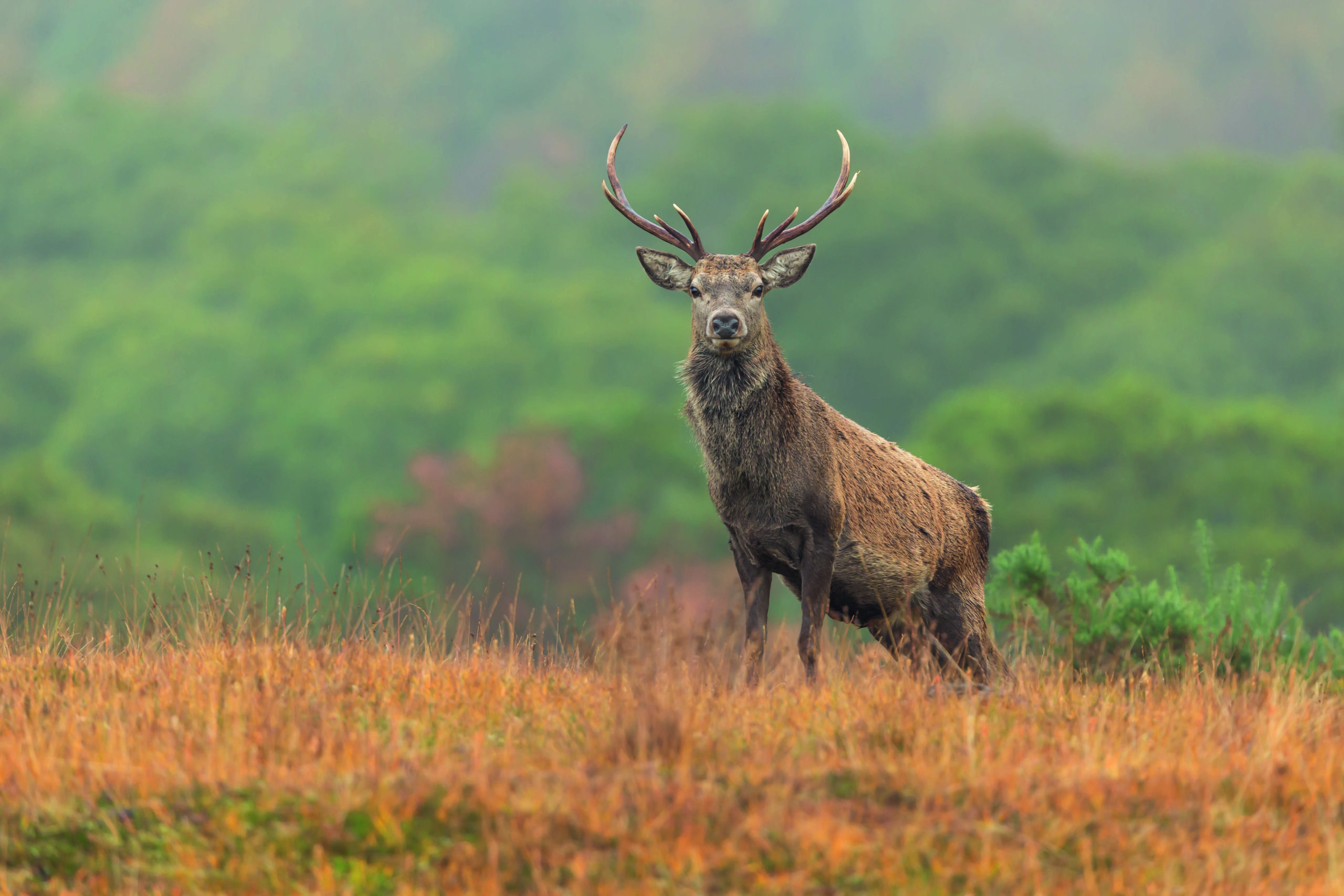Scotland announces venison strategy
Scotland’s stalking sector has launched an innovative 12-point plan, aiming to grow the game market and secure the future of venison.

Stalkers and gamedealers united to secure the future of the Scottish vension market in November. The Scottish Venison Summit saw about 100 members of the sector gather to discuss the challenges facing the market and plans to move it forward.
Venison has been subject to a range of external influences over the past five years, including Brexit, Covid-19 and the cost-of-living crisis. The summit, under the title Taking Stock, introduced a new 12-point industry-led strategy that encourages the sector to improve output from an increased deer cull into a healthy, sustainable food source and stimulate growth in the venison market.
Richard Cooke, chairman of the Scottish Venison Association, said: “We want to be able to process more product locally and to meet and grow the demands of local markets in Scotland, as well as stimulate market growth further afield, particularly in London and south-east England.
“Action taken to manage our deer numbers across all of Scotland – not just the red deer open range where deer densities are on average already below the 10 per sq km target – will enhance biodiversity and combat climate change,” added Mr Cooke.
Referencing the recent decision to remove the close season for male deer, Lorna Slater, the minister for green skills, circular economy and biodiversity for the Scottish government, said: “Recent legislative changes to help manage Scotland’s spiralling deer numbers have provided this industry with a unique opportunity to get more venison into the shopping baskets of the consumer.”
Elgin-based game chef and ST contributor Tim Maddams attended the summit and told ST: “The onus is on the industry to react to the changing economic climate and market more venison, but there’s a strong feeling in the room that financial support will be required from government so that we don’t end up crashing the deer processing infrastructure. The sector can then be more competitive with other meat sectors, all of which benefit from subsidies in some way and have less complex issues around harvest and wholesale.”
Tim concluded: “There are different challenges around lowland and upland deer, huge differences from one place to another and many challenges to face, but the Scottish deer sector seems set to face these head-on and take venison forward into the consumer marketplace in ever-growing amounts.”








